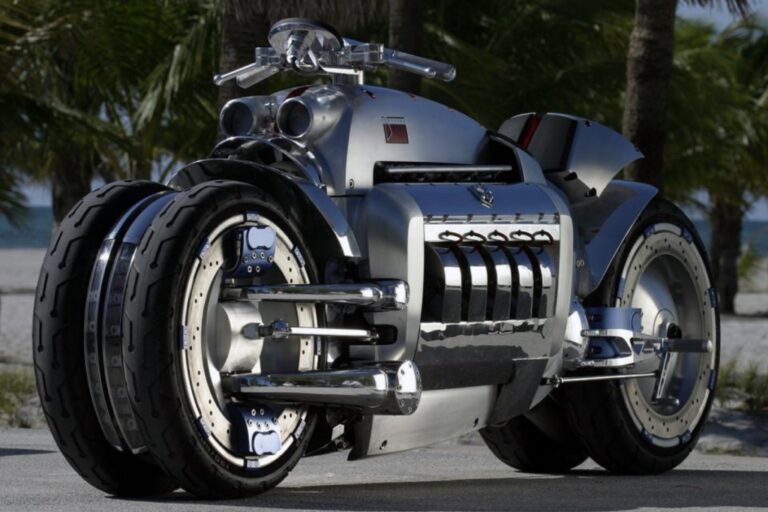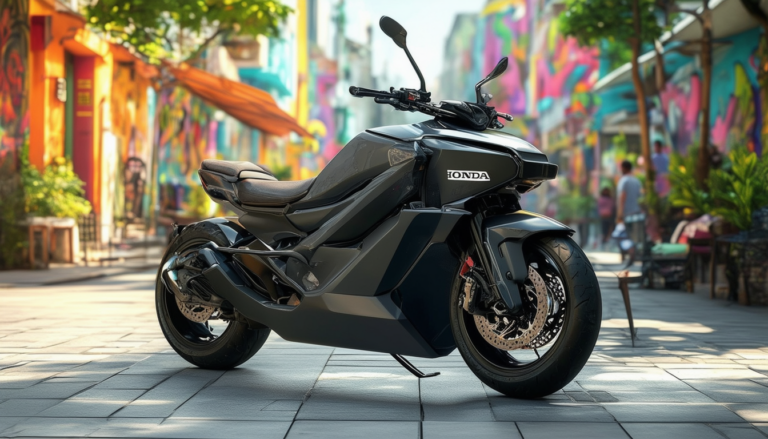Affordable Asian Motorcycles: Revolutionizing Urban Mobility in Africa

The rise of affordable Asian motorcycles is reshaping urban mobility across Africa. With these cost-effective bikes from countries like China and India flooding the streets of cities such as Kigali, the continent now boasts approximately 27 million registered motorbikes. These machines offer not just an affordable means of transportation but also easier maintenance and greater suitability for the diverse urban and rural terrains found in Africa. This transformation is further amplified by the growing interest in electric motorcycles, which promise to reduce reliance on fossil fuels and enhance the efficiency of urban mobility across the continent.
African cities are witnessing a significant transformation in urban mobility, thanks in large part to the influx of affordable motorcycles from Asia. With millions of registered bikes, particularly from China and India, these two-wheeled vehicles are changing the dynamic of transportation across urban and rural areas alike. Their cost-effectiveness, maintenance ease, and suitability for the various terrains found throughout the continent are key factors driving this revolution.
The Surge of Motorbike Registrations
Across Africa, the number of registered motorbikes has skyrocketed, currently estimated at about 27 million. This upsurge marks a drastic increase from previous years, showcasing a growing acceptance and reliance on motorcycles as a primary mode of transportation. In cities like Kigali and beyond, Asian bikes are becoming a common sight, carved into the everyday lives of many residents.
Economic Impact and Accessibility
These affordable motorcycles significantly contribute to economic mobility. Their financial accessibility makes them attractive not only to individual users but also to businesses looking to overhaul their logistics. They serve as a cost-effective solution for delivery services and ride-hailing apps, bridging the gap for small businesses that require reliable transport without the financial burden of owning a car.
The Role of Electric Motorcycles
In tandem with the traditional models, electric motorcycles are also gaining traction as a viable alternative for urban mobility. Companies like M-KOPA and Bolt are spearheading initiatives to finance and deploy electric bikes, aiming to transform how people traverse urban landscapes. These eco-friendly options are not only affordable but also promise lower maintenance costs and an environmentally sustainable choice, reducing dependence on fossil fuels.
Innovative Solutions for Urban Transportation
Start-ups like Dodai and Spiro are pioneering innovative strategies to electrify transportation across Africa. Their efforts include introducing state-of-the-art electric models tailored to city commuting needs. As these companies expand their offerings, they are also focusing on expanding the infrastructure necessary for battery swapping and charging stations, addressing one of the key challenges of electric mobility.
Challenges and Future Prospects
Despite their numerous advantages, the rapid proliferation of Asian motorcycles presents challenges like road safety and traffic congestion. Nevertheless, this movement toward two-wheeled transport offers promising potential for improved access and mobility across African cities. As the demand for affordable, efficient transportation continues to rise, the role of motorcycles—both combustion and electric—will likely grow, making urban travel more manageable for millions.
The rise of affordable motorcycles from Asian manufacturers is significantly changing the landscape of urban mobility in Africa. These bikes are not only budget-friendly but also cater to the unique needs of various terrains across the continent. With millions of registered motorbikes increasing year after year, the shift towards two-wheel transportation is becoming increasingly evident in cities like Kigali and beyond.
Accessibility and Affordability
One of the major advantages of Asian motorcycles is their cost-effectiveness. Unlike many traditional vehicles, these bikes are often priced lower, making them accessible to a broader audience. This means individuals from various economic backgrounds can own a reliable mode of transportation, promoting independence and mobility in urban areas.
Easy Maintenance
Maintaining a motorcycle can be daunting, but many Asian motorcycle models are designed with simplicity in mind. Their parts are often readily available and affordable, making repairs less complicated for owners. This ease of maintenance is particularly beneficial in urban settings where mechanics are easily accessible.
Urban and Rural Adaptability
These motorcycles are crafted to perform efficiently in both urban and rural terrains. Whether navigating through crowded city streets or tackling rough paths in the countryside, they offer a versatile solution for diverse riding needs. This adaptability makes them an ideal choice for many African riders.
Contribution to Environmental Sustainability
As cities grapple with issues related to traffic congestion and air pollution, the adoption of electric options alongside traditional bikes becomes pivotal. Many affordable motorcycles, particularly electric models from Asian brands, reduce dependence on fossil fuels. This shift not only helps in cutting down on emissions but also offers a more sustainable alternative for urban transportation.
The Role of Technology and Innovation
Recent innovations in electric motorcycles are paving the way for the future of urban mobility in Africa. Companies are increasingly investing in electric models, which often feature enhanced technology. The integration of battery swapping systems and smart connectivity solutions makes ownership more convenient, ensuring a seamless ride experience.
Transforming Urban Mobility and Job Creation
The growing popularity of these motorcycles is not just an individual revolution; it’s a broader transformative movement. The motorcycle industry’s expansion has led to the creation of new jobs and opportunities within Africa. From mechanics to riders and service providers, the economic impact is palpable, enhancing livelihoods and community development.






